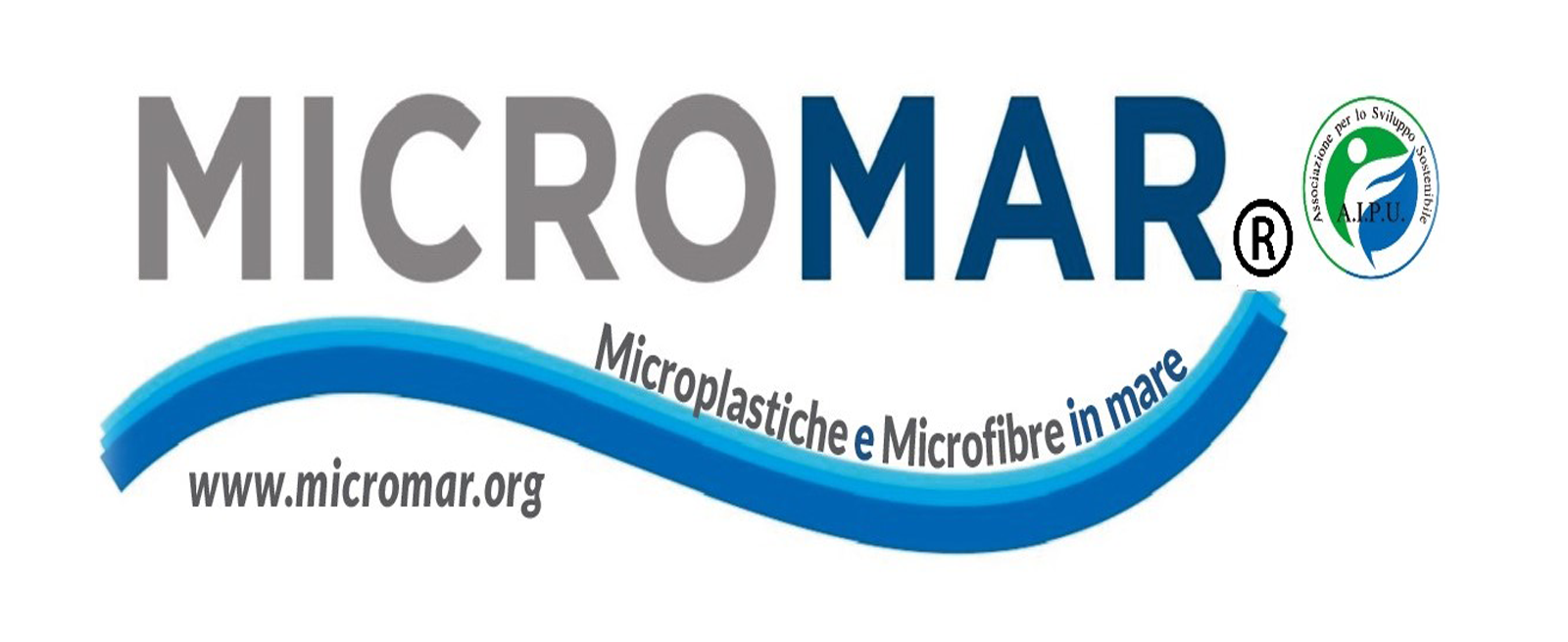Face to face with the whale shark, the largest fish in the world
Fish can have a bony skeleton (osteichthyes) or a cartilaginous one (chondrichthyes). The largest fish in the world, the whale shark, belongs to the class of chondrichthyes, reaching and exceeding 10 meters in length.
It is a gentle giant because it is harmless: it is not aggressive and feeds on plankton and fish. It almost always swims on the surface, but it can often be found in a vertical position while pumping water and food into its enormous mouth. It is a frequent guest in the waters of Nosy Be, Madagascar.
The uncertain fate of sea turtles
Global warming has triggered a domino effect that has unimaginable consequences. For example, it is assumed that sea turtles will tend to become extinct or at least will experience significant rarefaction. Here is the reason: turtles, like all reptiles, are oviparous species, that is, they are born from eggs laid by the female. The deposition takes place in a hole dug in the sand. If the temperature in the nest is below 28 – 28.5°C, the newborns will all be male. When, however, the temperature is above 29 degrees, they will be female. We are not faced with a mystery, in fact the sex of reptiles is given by hormones: a prevalence of androgens generates male sex, a prevalence of estrogens generates female sex. We must consider that androgens are the precursors of estrogens. This means that the latter are a transformation of androgens due to the action of an enzyme called aromatase. When the temperature is lower than 28°C, aromatase is inhibited: therefore, aromatase is blocked, and androgens are not transformed into estrogens. In this case, the newborns will all be male. On the contrary, when the temperature in the nest rises above 29°C, aromatase is activated and androgens are transformed into estrogens, with the consequent birth of female turtles. Since, due to global warming, land and sea tend to heat up more and more, it is easy for the layer of sand where sea turtles dig the nest to lay their eggs will almost always have a temperature higher than 29°C. There will therefore be a prevalence of female turtles and few males who can fertilize them. The species, therefore, will risk extinction or a strong rarefaction. We will go to verify the situation in Nosy Sakatia, the island of turtles, in Madagascar.
How much plastic is there in the sea? The Micromar Project
One of the goals of the expedition to Madagascar will be the collection of water samples in different points of the coast and the open sea to verify the quantity of microplastics per volume of water. The samples will be sent to the Federico II University of Naples DiSTAR and Department of Chemistry, where the investigations will be carried out: they will be photographed and where some students from Italian schools who have joined the Micromar project will carry out the count. It goes without saying that pollution from plastics and microplastics is one of the most serious that affects emerged lands, seas and inland waters.
Coral Health
Excess CO2 causes the acidification of the sea with consequent corrosion of everything that contains calcium carbonate, including mollusc shells, crustacean exoskeleton and corals. So what are the current conditions of coral reefs? How will they evolve in the future? What consequences will there be for the rich tropical biodiversity? Let's find out all this on our scientific research trip to Madagascar, which boasts the highest diversity of corals recorded in the Red Sea and the Indian Ocean, with about 2,500 different species.
From land to water
About 50 million years ago, a wolf-like animal (called Pakiceto by science because its remains were found in Pakistan) for unknown reasons abandoned the emerged lands and sought survival in the aquatic dimension. After several evolutionary stages its forms became similar to those of a fish, but the physiology remained more or less unchanged, with lungs, heart etc. In short, it remained a mammal and today one of the many species of cetaceans, the blue whale, is the largest animal in the world. What is the “health” of whales and large cetaceans in general in light of the transformation of the physical and chemical parameters of the sea due to climate change? The large humpback whales of Nosy Be, Madagascar, will tell us.


 English (United Kingdom)
English (United Kingdom)  Italiano (it-IT)
Italiano (it-IT) 